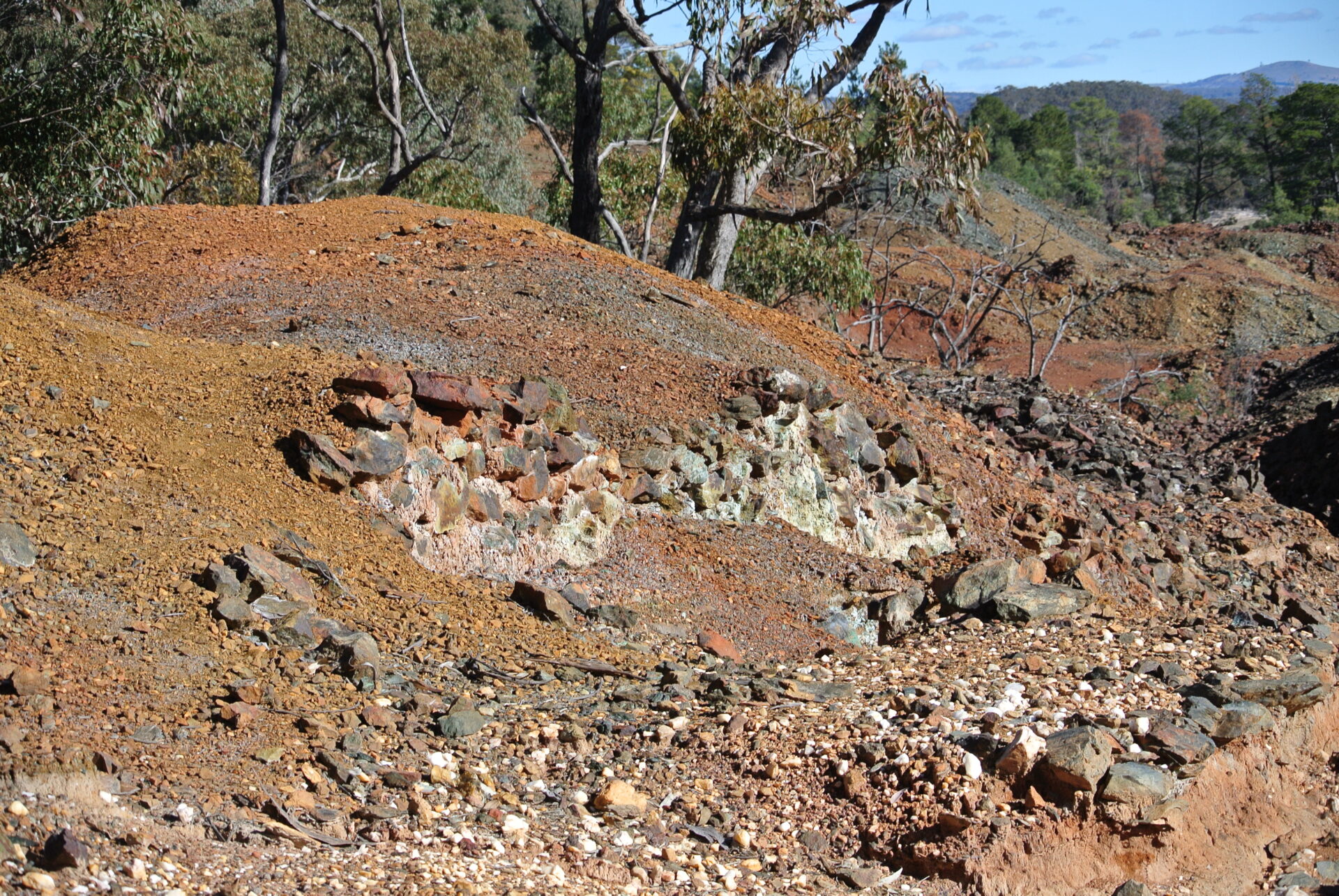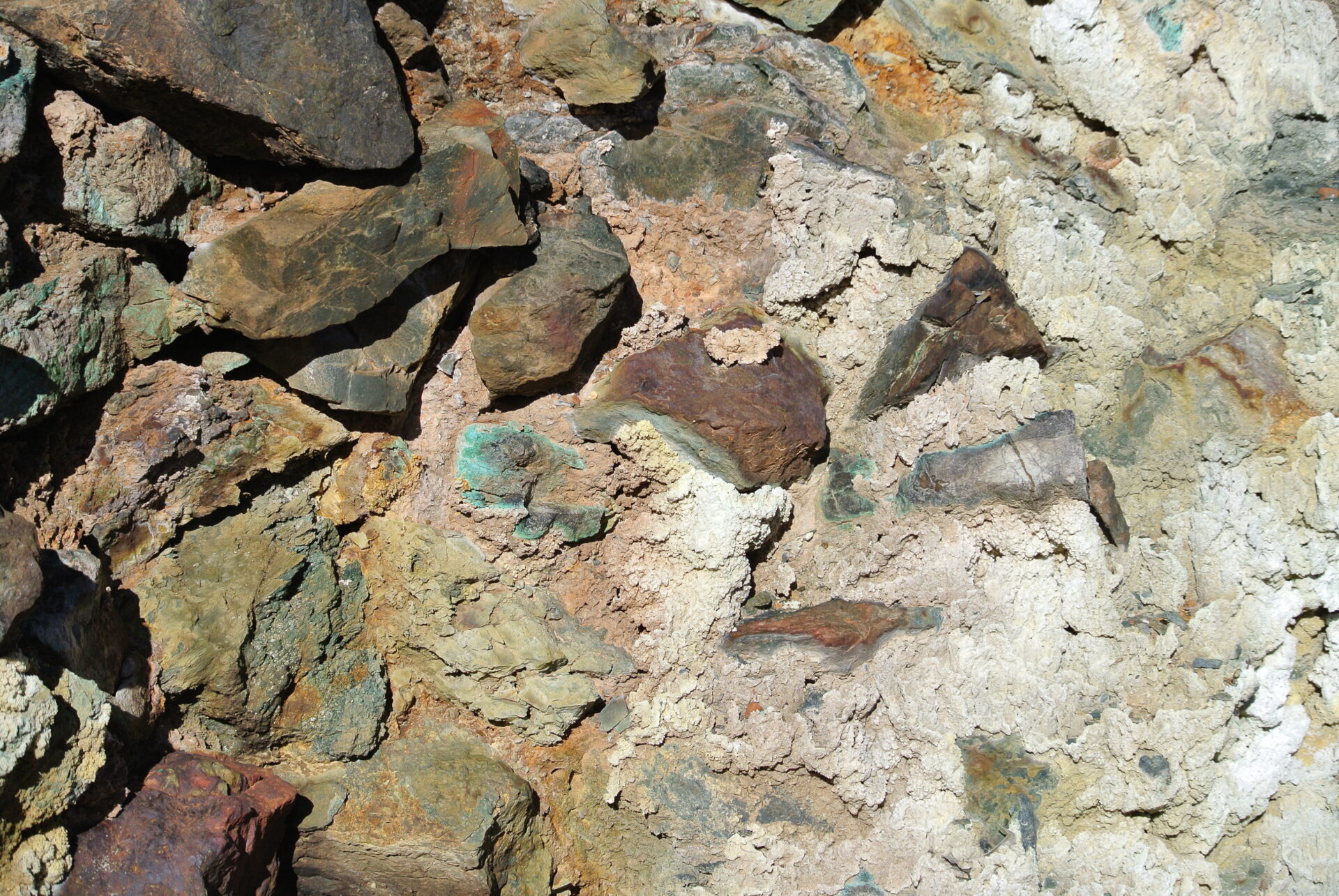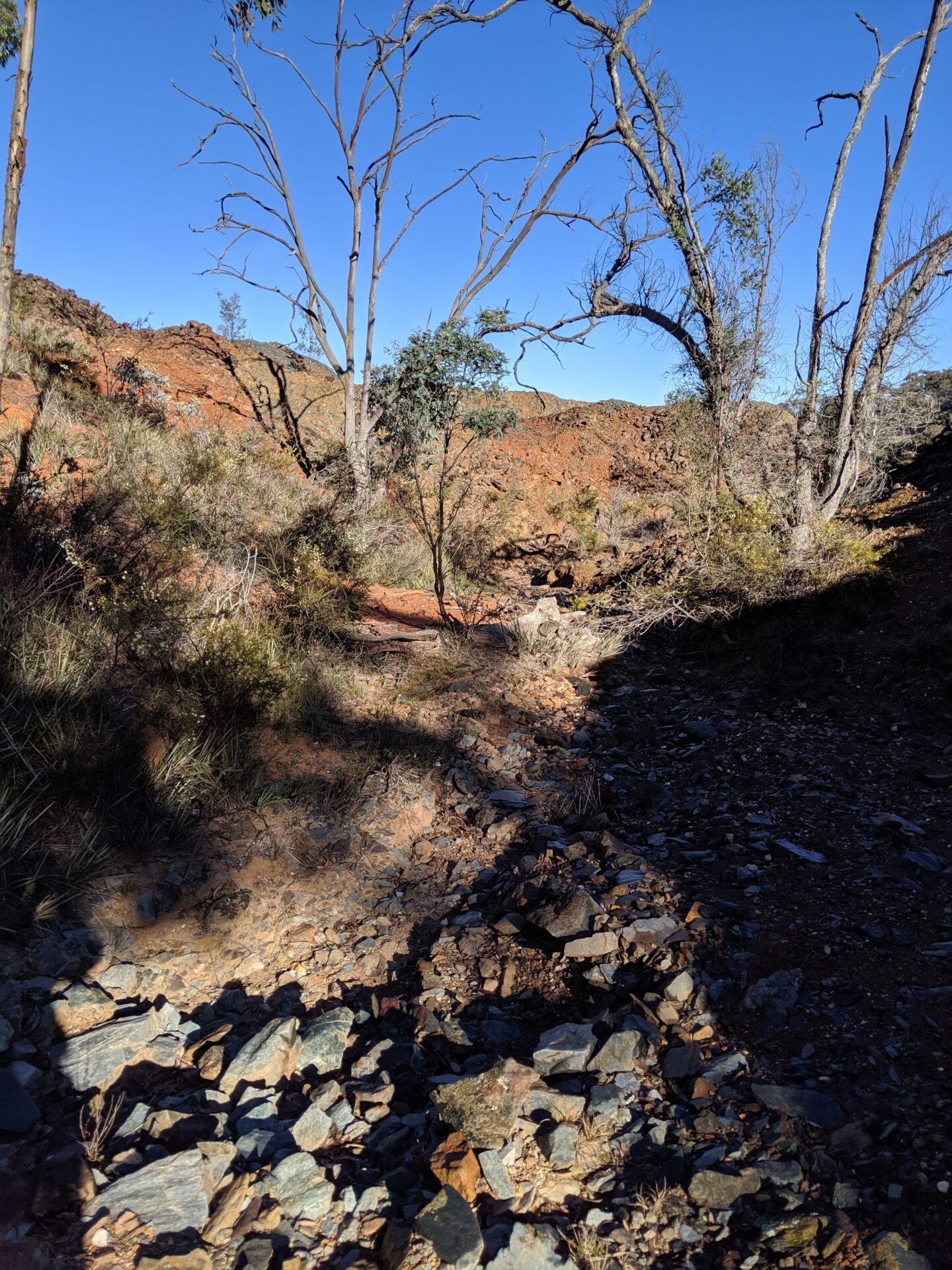Background
SGME examined the impacts of heavy metal toxicity on vegetation at an abandoned mine by comparing the normalised difference vegetation index (NDVI) to plant tissue samples. The abandoned mine is located in New South Wales approximately (~) 55 kilometres north-west of Bathurst and ~300 km west of Sydney.
Objective
The project objective was to determine the extent of heavy metal pollution affecting vegetation and to understand its potential ecological implications. Specifically, the study aimed to identify presence of heavy metals and types detected in plant tissues, assess their concentrations in comparison to established toxicity criteria and evaluate how these metals may be contributing to plant mortality and ecosystem disruption within the mine area.
Solution
The abandoned mine, which was operational from 1872 to 1900, presents a significant environmental challenge due to its lack of rehabilitation postclosure. Covering ~5.56 hectares, the mine area includes various elements such as drainage lines, sediment basins, waste rock dumps, backfilled shafts and landfills. Concerns centre around potential contamination sources, pathways through which contaminants may travel and the receptors affected by this contamination. Although complete rehabilitation may not be feasible, an assessment is necessary to understand the current state of the mine, evaluate the economic feasibility of remediation and prevent further contamination of the surrounding environment.
SGME’s role was to conduct a comprehensive investigation, both desktop and fieldbased, to identify contamination sources, assess contamination extent, propose risk-based rehabilitation options, and consider ecological and historical factors that influence rehabilitation decisions and approvals. Leveraging NDVI analysis proved instrumental in our approach to identifying vegetation health. This remote sensing technology allowed us to identify areas of healthy plant growth characterised by higher NDVI values that are indicative of thriving photosynthesis and overall vitality. Conversely, regions displaying lower NDVI values are indicative of vegetation stress or health issues and, therefore, these areas were prioritised for tissue sampling.
Plant tissue samples which were informed by the NDVI analysis indicated that there was significant levels of bioavailable copper, lead and iron. This correlated with observed dissolved copper and lead concentrations in geochemical samples. These findings suggest that elevated copper, lead and iron contribute significantly to plant mortality.
SGME uses cutting-edge drone technology to enhance project outcomes. Our drones offer precise data for 3D modelling, terrain analysis and vegetation assessments which aid informed decision-making. With certified pilots ensuring safety and compliance, we provide reliable results. Our approach maximises efficiency and accuracy, optimises project
performance and minimises risks.



